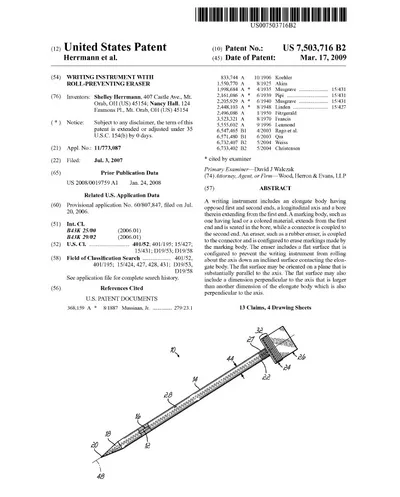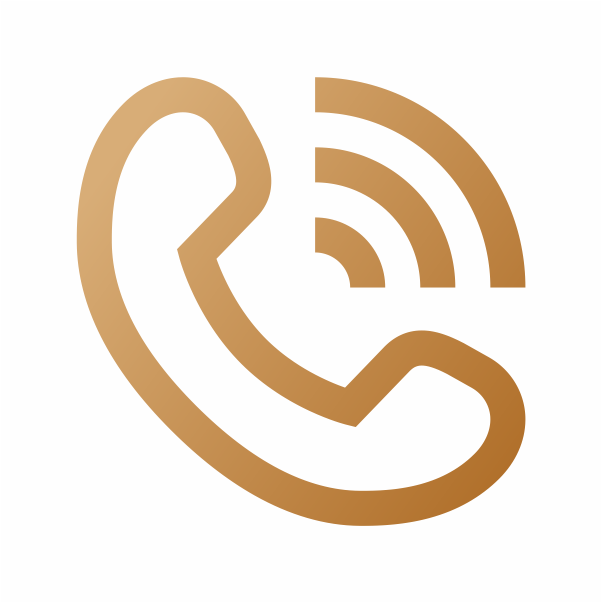A patent is a type of intellectual property that protects an invention, which could take the form of an apparatus (e.g., a product or object), a method of doing something (e.g., an industrial process), a newly created plant, or a design. Nominally, and subject to certain adjustments that go beyond the scope of this article, a patent has a term of 20 years from the date of filing (except for design patents, which expire 15 years after they are issued).
In the United States, patents are issued by the United States Patent & Trademark Office (“USPTO”), which confers upon the owner of a patent the right to exclude others from offering to sell, sell, use, make or import products protected by one or more claims of the patent. Likewise, a patent that issues with method claims gives the patent’s owner the right to exclude others from practicing the patented method in this country and even exclude others from importing products made using the patented method, even if the method is carried out beyond the borders of the United States.
The majority of countries in the world have laws that govern patents, and their respective authorities issue national patents that similarly give their owners the right to exclude others from practicing the patented invention in those countries. In that regard, a person wishing to obtain a patent in more than one country must apply for a patent in each country. A mechanism that is often used to apply for a patent in several countries is through the filing of an international patent application under the Patent Cooperation Treaty (“PCT”), which obviates the need to file individual applications in each country from the start. Instead, an inventor files a single PCT application and is provided a period of 2-3 years to decide in which countries he wishes to apply for a patent arising from that PCT application. There are certain complexities to the PCT application process, as well as deadlines that must be met – all of which makes it advisable to obtain the assistance of competent patent counsel.
In the United States, a patent is awarded to an invention that meets certain requirements set forth by law, the most notable of which are subject matter eligibility, novelty, and non-obviousness. For example, an abstract idea does not meet the subject matter eligibility requirement and is therefore not patentable. The requirement of novelty generally refers to the claimed invention not having been used, sold (or offered for sale), or disclosed in a single publication (“prior art”) before the filing of the patent application. And non-obviousness generally refers to the claimed invention not having been obvious to a person of ordinary skill in the art at the time of filing of the application, in view of the available prior art. There is much nuance in the law, including exceptions to the general rules, all of which makes it highly advisable to obtain the assistance of competent counsel as the patent application goes through the examination process (known as “prosecution”) at the USPTO.
One important note about patent applications in the United States is the need for the contents of those applications to avoid known pitfalls that may result in the weakening or even the invalidation of the eventual patents resulting from those applications. For example, patent practitioners are well-aware – based on case law – of certain terms colloquially known as “patent profanity” that should be avoided in the body of a patent application. They are (or should be) also aware of certain types of written statements that should be avoided during prosecution of patent applications before the USPTO. All in all, the owner of an invention should retain the services of competent patent counsel in drafting and prosecuting patent applications.
As mentioned above, patents in this country may be directed to a design, rather than to an invention per se, and they have a term of 15 years from the date of issuance. Design patents (known as “design registrations” in most other countries) protect the ornamental appearance of an article of manufacture. Design patent applications consist primarily of drawings and are examined by the USPTO for compliance with the novelty and non-obviousness requirements of all patents. There are strategies that competent counsel knows to apply in the drafting and prosecuting of a design patent application, including the weight and type of the lines used in the drawings to maximize the strength of the patent i.e., maximize the blocking value of the design patent against competitors seeking to copy all or certain aspects of the design.
Prior to launching a new product or service, especially on a mass scale, it is advisable to let competent patent counsel conduct a freedom-to-operate investigation, in order to minimize the risk of infringing patents owned by a third party.












